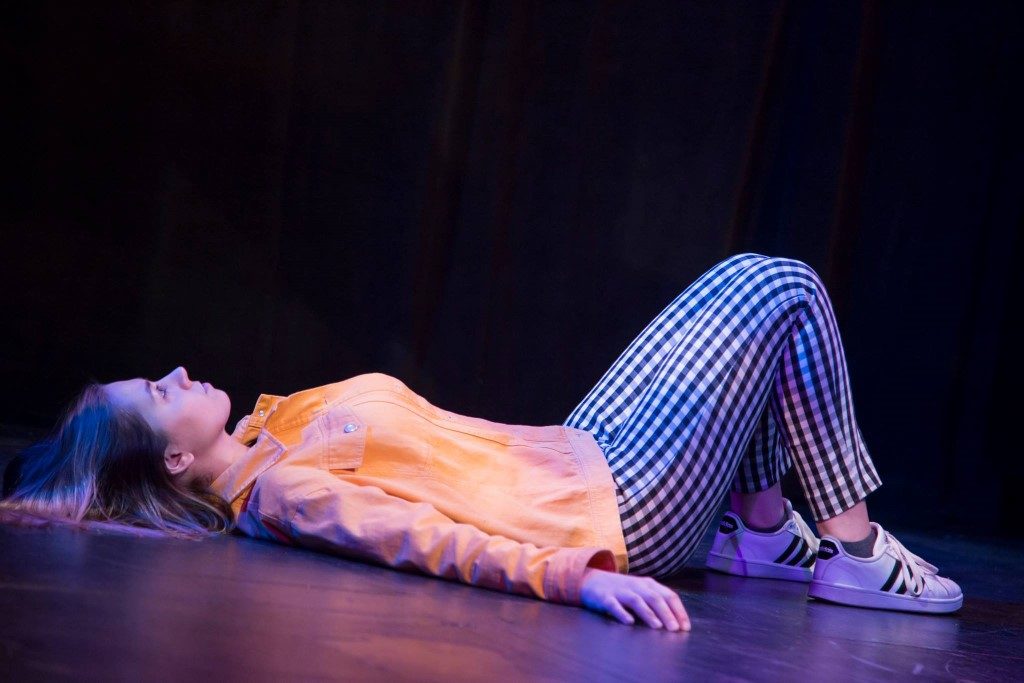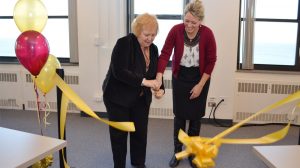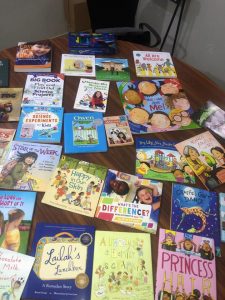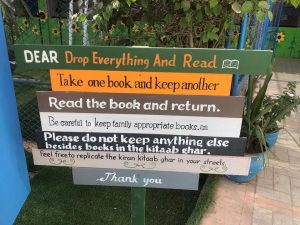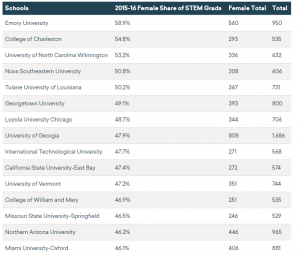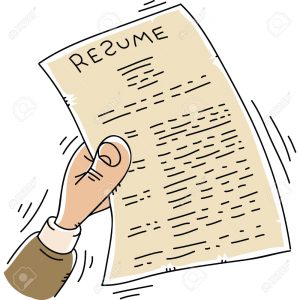Such a ‘Bler: I’m a Dramaturg!
Each semester, there is an application sent out within the theatre department for production positions. This includes assistant stage managers, dramaturgs, assistant costume designers etc. The positions range from staff directed shows in the Newhart Family Theatre to student led Second Stage Laboratory Show in the Underground Theatre. I had been eyeing this procedure for a while but never had the courage to submit one myself. After being accepted to be a part of We Are the Hopeful, the 2-week Second Stage Design-Led Exploration about mental Health, I eventaully did. Then I grew speechless once again upon receiving the decision letter. I am the Dramaturg for Fun Home the musical in the Newhart Family Theatre this Spring 2020. And it feels so exciting to announce so.
It means a lot that I was chosen for this position because I never regarded myself too special within the department. I am only a theatre minor afterall. To that, I have been told countless times by both professors and theatre majors that this isn’t a factor taken into consideration. It’s really about how much passion and commitment you pour into your work. And from what they’ve noticed, I really deserve it.
I will be working very closely to the professors during this time, and will have one credit hour fulfilled. The director for Fun Home will be Mark Lacoco, the head of the theatre department at Loyola. He and my previous Dramaturgical Structure and Theatrical Process professor, Kelly Howe will be my two mentors for this adventure. I’m extra happy because Kelly was actually one of my biggest inspirations towards applying for this position. Her DSTP course got me completely hooked on dramaturgy. I also find this position a good way for myself a playwright to learn how to create a clearer and more unique world within a play.
So far my tasks include closely reading both the musical’s script and its original root – the graphic novel written by Alison Bechdel. I will be assisting other departments in collecting clues to create an accurate, yet innovative world portrayed in these texts. I will be sitting in many meetings with the director, assistant director and designers of the show to come.
It is Summer now and our next meeting is at the end of July, but I am exciting to take you along this journey with me. Big things are coming. Happy reading!
HEY, I ALSO MAKE VIDEOS!
HERE’S THE SUCH A ‘BLER PLAYLIST:


